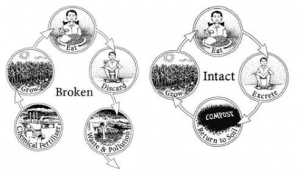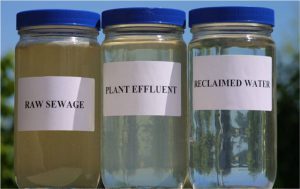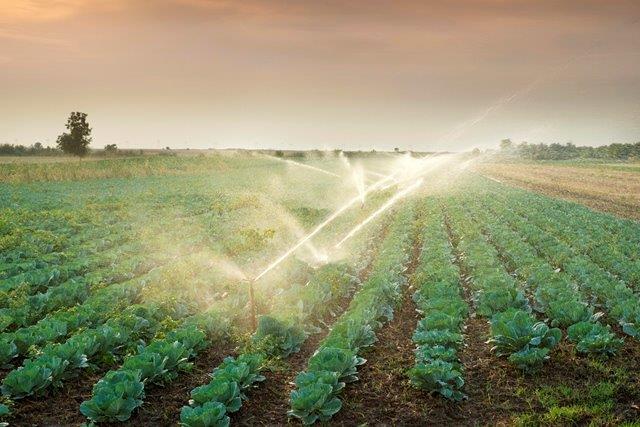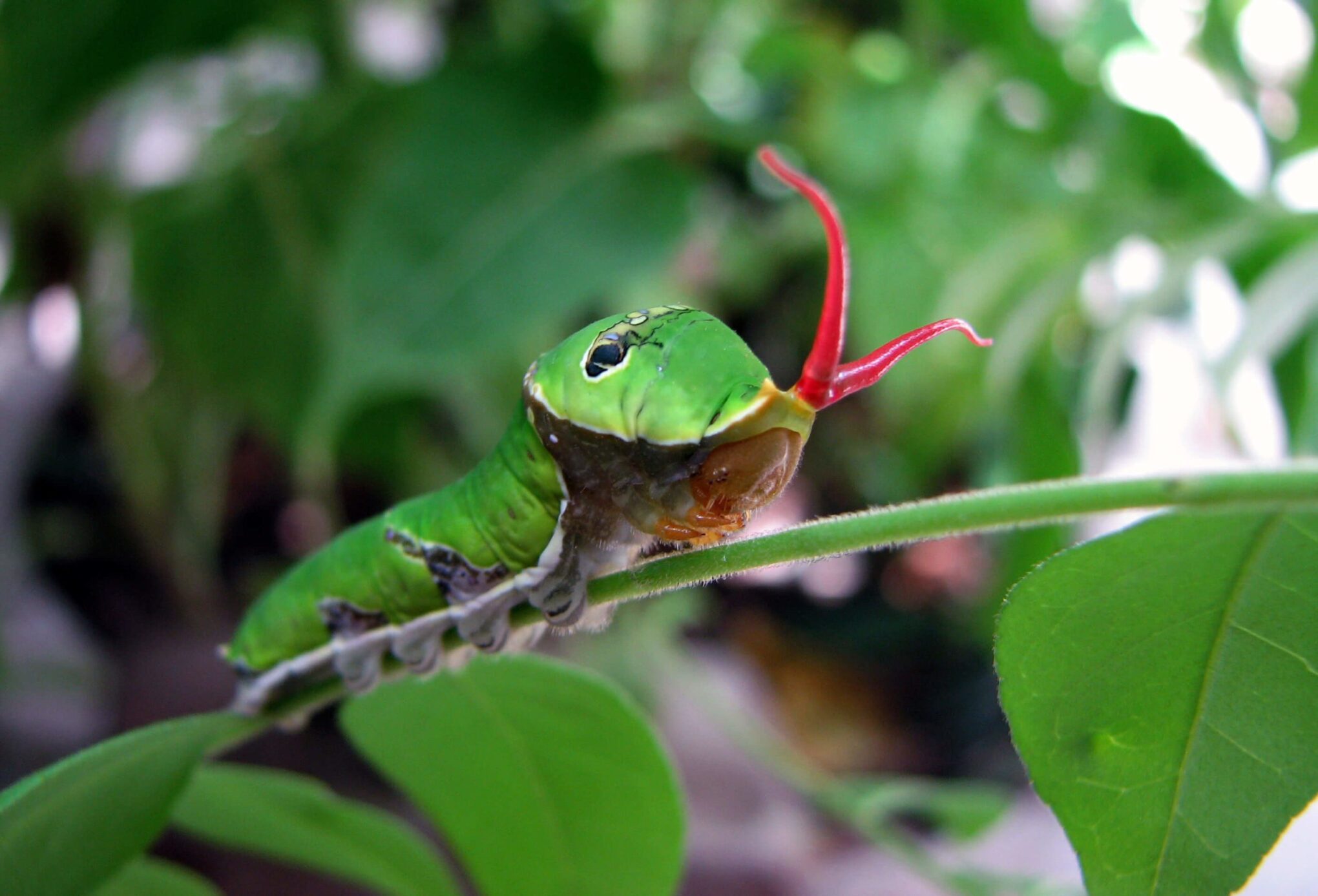Reading Time: 3 minutes
Kanchan tells us how sewerage water can be treated to make manure and irrigate the farms by making a small plant at a corner of the field. It will help us fight pollution at a micro level. A cost-effective wastewater management technique, exclusively for Different Truths.
Haricharan Pal lives in Dhikoli village of Madhaugarh Block in Jalaun district of Uttar Pradesh. The 53-year-old man is an average farmer with just five acres of agriculturally cultivable land.
Four years ago, Hricharan borrowed Rs. 20,000 (approx. 225 Euros) from a local moneylender for farming with a hope that he would be able to return the amount after the harvest. But due to lack of water  and fertilizers, his crops didn’t do well. His inability to pay the debt and the mounting interest on it forced Haricharan to migrate to Delhi.
and fertilizers, his crops didn’t do well. His inability to pay the debt and the mounting interest on it forced Haricharan to migrate to Delhi.
But due to old age and a big family responsibility, it was next to impossible to make both ends meet. Tired of an uncertain future, and diminishing crops return he faced a big pressure. However, this time he wanted to do something new. “Through the agriculture department and Krishi Vigyan Kendra, I found some technique that can be applied. From there I came to know about wastewater treatment plant,” he said.
Basically, wastewater treatment in agriculture is the technique to utilise wastewater to supply necessary ingredients and irrigation on crops. As we waste a lot of water in our daily use, and its mix with sewerage. So the wastewater treatment plant is the plant where the wastage from sewerage get collected and supplied to crops.
After getting all these information Haicharan planned to make one treatment plant. Through the  agriculture department, he got a subsidy to make a plant. At one corner of his plot, he located the simple plant. It is 50m long and 14m wide, with 10 feet depth. He connects the sewerage of that village with this plant where wastewater of 40 houses gets collected.
agriculture department, he got a subsidy to make a plant. At one corner of his plot, he located the simple plant. It is 50m long and 14m wide, with 10 feet depth. He connects the sewerage of that village with this plant where wastewater of 40 houses gets collected.
The sewerage water goes through the entry panel, where water enters to the main panel from filter net and the wastage like plastics and other remains there. And from the main panel, using motor he supplies water to the whole plot. The main advantage of this plant is that we can supply the proper amount of water and the necessary ingredients NPK. As it is proven that wastage water contains the proper amount of NPK no further fertilisers are needed. So the production and the quality is higher, in comparison to other plots.
 For the last three years, he is using this technique. “In the beginning, people used to laugh saying you are becoming a pig but now they also demand water for irrigation,” he laughed and said. As he said many people from different place come there to learn about this plant and some of them have adopted it too. He also shares the earning of last year was Rs. 1.5 lakhs from wheat, potato, and mustard.
For the last three years, he is using this technique. “In the beginning, people used to laugh saying you are becoming a pig but now they also demand water for irrigation,” he laughed and said. As he said many people from different place come there to learn about this plant and some of them have adopted it too. He also shares the earning of last year was Rs. 1.5 lakhs from wheat, potato, and mustard.
We all are saying the biggest problem for today is to control pollution and the main headache is to manage sewerage. Many of our sewerages directly mix up with the river. In this scenario, promoting wastewater treatment plant can be a good option. Why not manage time to think about it?
©Kanchan Ghimire
Photos sourced from the author
#Sewerage #RecycledWater #Farming #Irrigation #Manure #UsageOfSewerageWater #Agriculture #DifferentTruths

















